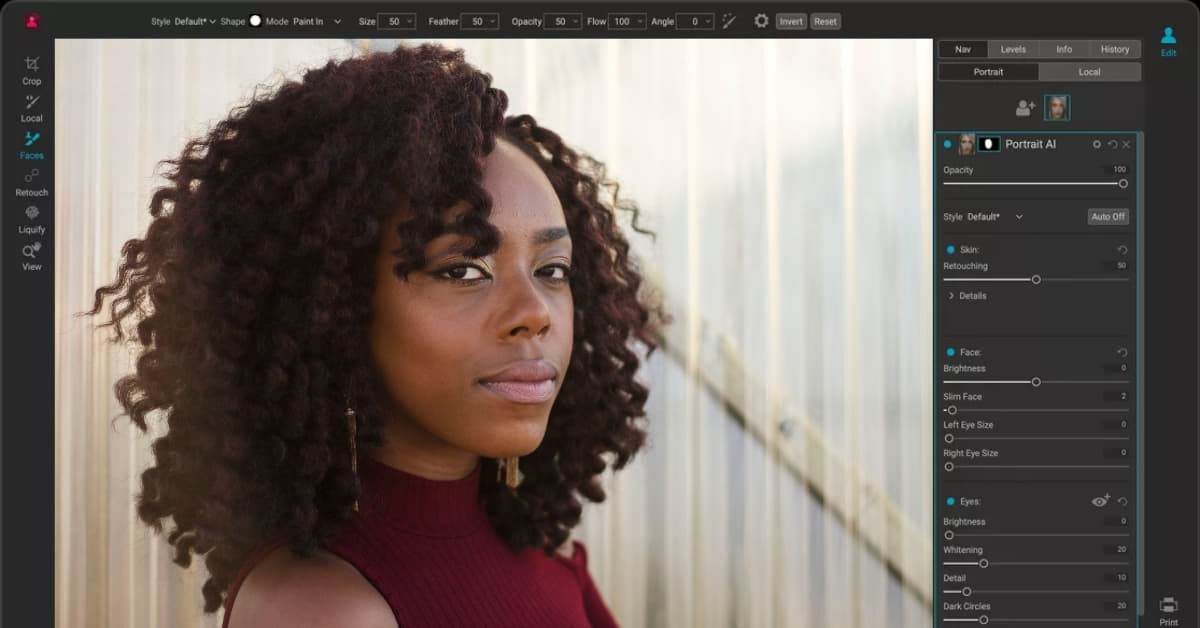In the ever-evolving digital landscape, the demand for innovative tools that enhance creative expression is on the rise. One such tool that has gained immense popularity is portrait software. Whether you’re a professional photographer or an enthusiastic hobbyist, portrait software can revolutionize the way you capture and enhance your subjects. In this article, we’ll explore the features, benefits, and considerations associated with portrait software.
Understanding Portrait Software
Portrait software is a specialized tool designed to elevate the quality and impact of portrait photography. It employs advanced algorithms and image processing techniques to enhance facial features, improve skin tones, and create stunning visual effects. This software is not just limited to professional photographers; even amateurs can benefit from its user-friendly interfaces and powerful capabilities.
Key Features of Portrait Software
- Facial Recognition Technology: Portrait software utilizes cutting-edge facial recognition technology to identify and focus on key facial features, ensuring optimal results in portrait photography.
- Skin Tone Enhancement: Advanced algorithms in portrait software can automatically adjust and enhance skin tones, reducing imperfections and creating a natural, polished look.
- Background Manipulation: Many portrait software tools come with features that allow users to modify or blur the background, bringing the subject into sharp focus and adding a professional touch to the photograph.
- Filter and Effects Libraries: Access to a wide range of filters and effects enables users to experiment with various styles, adding a creative touch to their portraits.
Benefits of Using Portrait Software
- Time Efficiency: With portrait software automating various enhancements, photographers can save time in post-processing, allowing them to focus more on capturing moments.
- Consistency in Quality: Portrait software ensures consistency in the quality of images, making it easier for photographers to maintain a cohesive and professional portfolio.
- User-Friendly Interfaces: Many portrait software tools are designed with user-friendly interfaces, making them accessible to both beginners and seasoned professionals.
Considerations Before Choosing Portrait Software
- Compatibility: Ensure that the portrait software is compatible with your camera and editing workflow to maximize its effectiveness.
- Learning Curve: Consider the learning curve associated with the software. Opt for tools that provide ample tutorials and support to help users master the features.
- Cost vs. Features: Evaluate the cost of the software against the features it offers. Choose a tool that aligns with your budget while meeting your specific needs.
FAQs
Is portrait software only for professional photographers?
No, portrait software is designed to cater to both professional photographers and enthusiasts. Its user-friendly interfaces make it accessible to individuals with varying levels of expertise.
Can portrait software be used with any camera?
While many portrait software tools are compatible with a wide range of cameras, it’s essential to check the specifications and ensure compatibility with your specific camera model.
How does portrait software enhance skin tones?
Portrait software uses advanced algorithms to analyze and adjust skin tones, reducing imperfections and creating a natural, polished look without manual intervention.
Conclusion
Portrait software has become an indispensable tool for photographers, offering a seamless way to enhance and elevate portrait photography. Whether you’re a professional seeking time efficiency or an enthusiast aiming for professional-looking results, incorporating portrait software into your workflow can undoubtedly make a significant difference. Explore the diverse options available, considering your specific needs and preferences, and unlock the full potential of portrait software in your photography journey.
This page was last edited on 27 February 2024, at 5:52 pm
